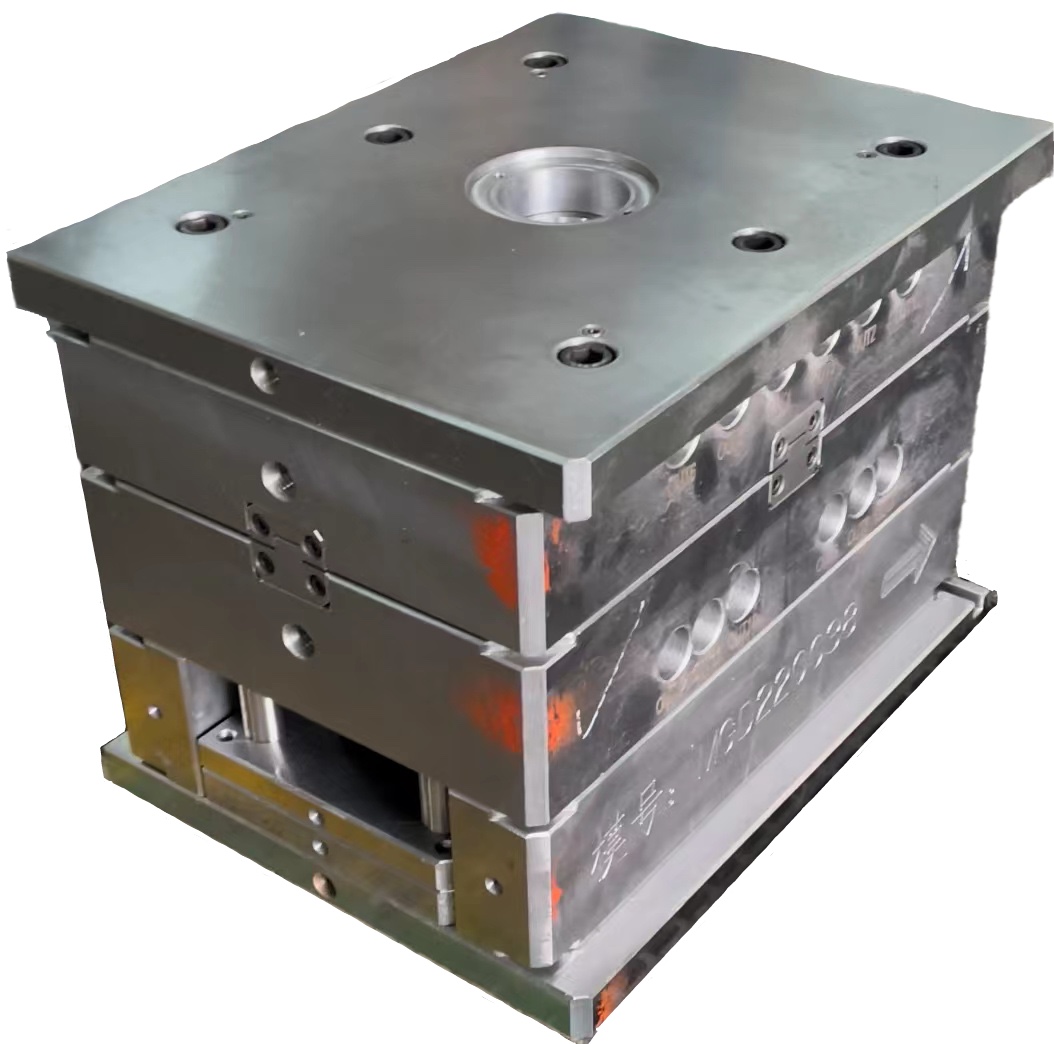The Cost-Effectiveness of Using Mold Steel in Production
Mold steel is an essential component in various industries, especially in the manufacturing and mold-making processes. Understanding the **cost-effectiveness** of using mold steel can help businesses make informed decisions regarding their production strategies. This article examines the primary aspects of mold steel's cost-effectiveness, culinary applications, its benefits, and potential drawbacks.
Understanding Mold Steel
Mold steel is specifically designed to create molds and dies for shaping materials such as plastic, metal, and glass. It is characterized by its ability to withstand high temperatures and pressure while maintaining precision. The performance and longevity of mold steel play a crucial role in a company's production capabilities.
Types of Mold Steel
There are several types of mold steel, including:
- High Carbon Steel: Known for its hardness and wear resistance, making it ideal for injection molds.
- Alloy Steel: Contains various alloying elements that enhance toughness and reduce brittleness.
- Tool Steel: Specifically formulated for machining tools, it offers excellent strength and hardness.
Key Points of Cost-Effectiveness
Initial Investment vs. Long-Term Savings
When evaluating the **cost-effectiveness** of mold steel, it is crucial to compare the initial investment required with the long-term savings generated from its use. Although mold steel may have a higher upfront cost than other materials, its durability and longevity can result in substantial savings over time.
Production Efficiency
The use of high-quality mold steel can significantly improve production efficiency. Molds made from mold steel can result in faster cycle times, reduced downtime, and less maintenance, ultimately leading to higher output and greater profitability.
Quality of End Products
Using mold steel ensures that the quality of the end products meets industry standards. High-quality molds result in precise and consistent products, which can enhance a company's reputation and customer satisfaction. This aspect is particularly important in **competitive industries**.
The Role of Mold Steel in Different Industries
Automotive Industry
In the automotive industry, mold steel is widely used for producing components that require high precision and durability. These components must withstand extreme conditions, and using mold steel ensures reliability and performance, reducing the risk of failures.
Consumer Goods Manufacturing
Consumer goods companies rely on mold steel for creating products such as containers and household items. The ability to produce these items efficiently and economically positions companies favorably in the consumer market.
Potential Drawbacks of Mold Steel
High Initial Costs
While mold steel offers significant long-term benefits, the initial investment can be a barrier for some companies. It's essential to weigh these costs against the potential savings and improved efficiencies.
Material Limitations
Mold steel may not be the best option for every application. For instance, certain products may require alternative materials that offer different properties—such as flexibility or lower weight. Companies must assess their specific needs when making material choices.
Environmental Considerations
Sustainability of Mold Steel
As industries focus on sustainability, mold steel can contribute to greener production processes. Its **durability** means longer-lasting products, reducing waste and material consumption over time.
Summary of Benefits
- Cost savings over the lifespan of products.
- Improved efficiency in production processes.
- Consistent product quality leading to higher customer satisfaction.
- Environmental sustainability through reduced waste.
Conclusion
In conclusion, while the initial costs associated with mold steel can be higher, the long-term benefits—including improved production efficiency, product quality, and sustainability—generally make it a cost-effective choice. Companies must navigate their specific industry needs and product requirements when considering mold steel, ensuring that the decision made aligns with their overall business strategy. The **cost-effectiveness** of using mold steel ultimately positions firms for success in increasingly competitive markets.
FAQs
What is the primary use of mold steel?
Mold steel is primarily used in the production of molds and dies for various manufacturing processes, particularly for shaping materials like plastic and metal.
Is mold steel worth the investment?
Despite its higher initial cost, mold steel can lead to long-term savings due to its durability, efficiency, and the quality of end products.
Can mold steel be reused or recycled?
Yes, mold steel can be recycled, and its durability often allows for its reuse in various applications.
What industries benefit from mold steel?
Industries such as automotive, consumer goods manufacturing, and the aerospace industry benefit significantly from the use of mold steel.
Are there alternative materials to mold steel?
Yes, there are alternative materials, such as plastic or aluminum, that may be more suitable depending on the specific application.

